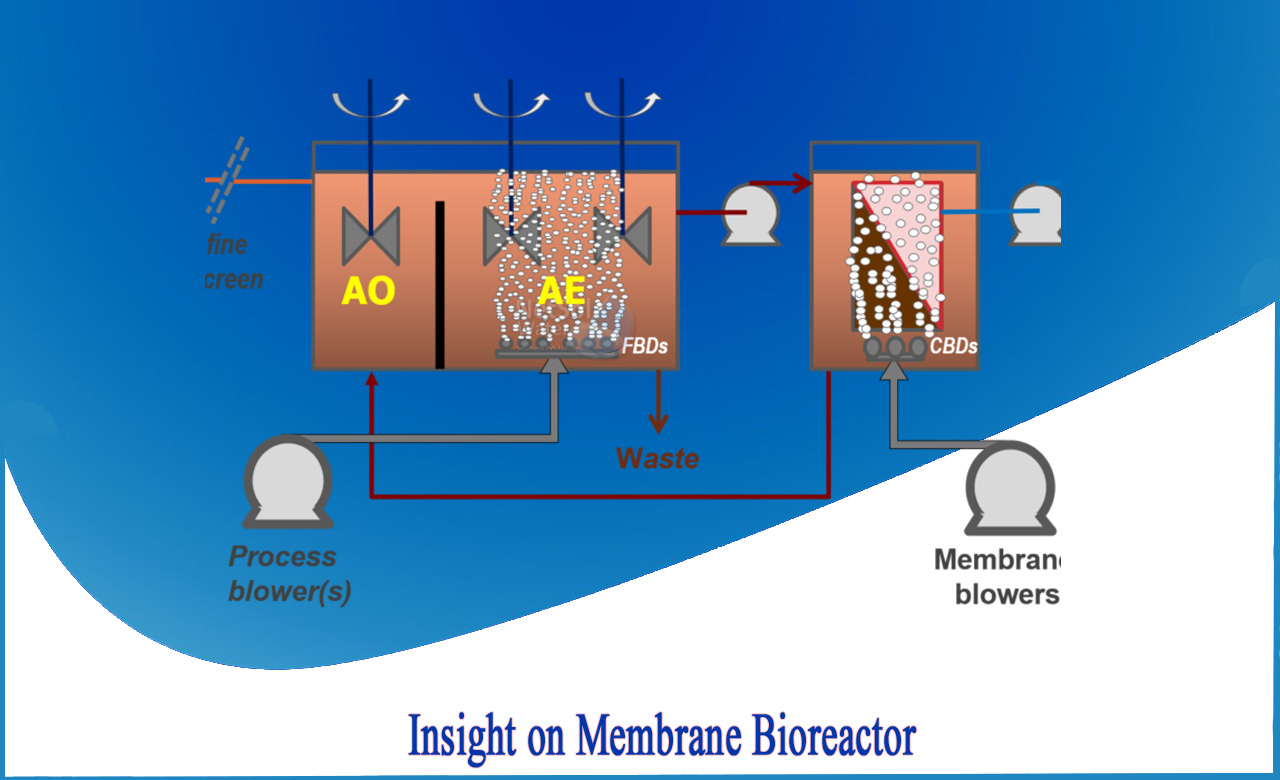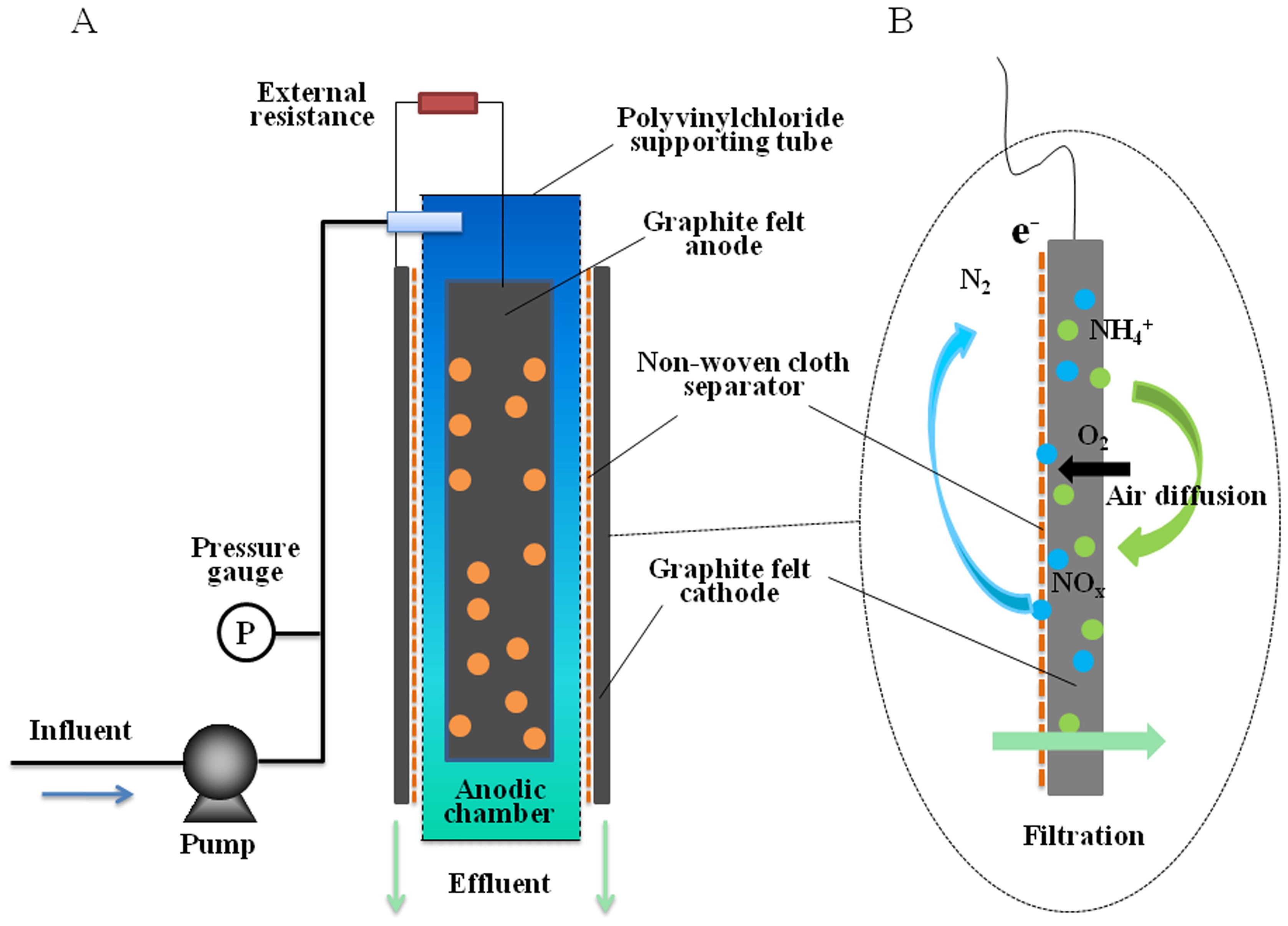How Membrane Bioreactor Contributes to the Reduction of Energy Consumption in Water Treatment
How Membrane Bioreactor Contributes to the Reduction of Energy Consumption in Water Treatment
Blog Article
How Membrane Bioreactors Are Revolutionizing Water Filtration Solutions
The introduction of membrane bioreactors (MBRs) represents a considerable advancement in the area of water purification, combining biological therapy processes with cutting-edge membrane layer filtration modern technologies. This integration not just improves the top quality of treated effluent but also addresses city space restraints, making MBRs particularly suitable for densely booming locations. As international water scarcity escalates, the function of MBRs in promoting potable water reuse and sustainable water monitoring becomes increasingly critical. Yet, the effects of this innovation expand past efficiency-- what obstacles and possibilities exist ahead for its prevalent implementation?
Review of Membrane Layer Bioreactors
Membrane bioreactors (MBRs) stand for a substantial advancement in water filtration modern technology, as they incorporate biological treatment procedures with membrane layer filtration. This integration boosts the effectiveness of wastewater therapy by using microorganisms to degrade organic toxins while at the same time utilizing semi-permeable membranes to separate treated water from put on hold virus and solids.
The MBR system generally consists of an organic reactor where the microbial population metabolizes impurities, adhered to by a membrane filtering system that retains biomass and permits only clean water to travel through. This double functionality causes higher effluent quality compared to standard therapy methods. MBRs can be run in both batch and continual flow settings, providing adaptability in style and application.
Additionally, MBRs are characterized by their compact impact, making them suitable for city settings with area restrictions. Membrane Bioreactor. They likewise allow the healing of water for reuse, hence contributing to water sustainability efforts. While MBR technology has acquired popularity in community and commercial applications, its functional complexities and power demands necessitate mindful consideration during execution. Overall, MBRs go to the leading edge of boosting water treatment performance and quality, showcasing the possibility for cutting-edge options in ecological management.
Advantages of MBR Modern Technology
The integration of biological treatment with membrane filtration uses many advantages for water filtration procedures. One of the key advantages of Membrane Bioreactor (MBR) innovation is its ability to properly get rid of both inorganic and natural contaminants, causing high-grade effluent. The membrane layers act as a physical obstacle, preventing suspended solids and pathogens from passing through, which improves the overall safety and security and integrity of treated water.
In addition, MBR systems call for a smaller sized footprint contrasted to traditional therapy approaches, permitting for extra efficient space usage. This portable layout is especially useful in urban settings where land is limited. MBRs additionally demonstrate functional flexibility, suiting varying influent top qualities and flow rates without considerable efficiency deterioration.
Moreover, the procedure offers improved nutrient removal abilities, particularly for nitrogen and phosphorus, which are vital for protecting against eutrophication in obtaining waters. The lowered sludge production related to MBR modern technology additionally converts to lower disposal costs, making it a cost-effective service in the future - Membrane Bioreactor. In general, the benefits of MBR innovation position it as a leading selection for sustainable and cutting-edge water filtration systems, addressing both environmental and economic issues
Applications in Water Purification
Applications of Membrane Bioreactor (MBR) innovation in water filtration are varied and impactful, addressing various treatment requires across numerous markets. MBRs successfully incorporate organic therapy processes with membrane filtering, making them perfect for community wastewater therapy, industrial effluent management, and also potable water reuse campaigns.
In metropolitan setups, MBRs are progressively her comment is here employed to enhance the top quality of treated wastewater, enabling for compliance with strict discharge guidelines and assisting in the recycling of water for irrigation and non-potable usages. Their compact design additionally makes them appropriate for urban atmospheres where room is restricted.
Industrially, MBR modern technology is used to deal with procedure water and wastewater, particularly in fields such as food and drink, pharmaceuticals, and textiles. By properly getting rid of pollutants and suspended solids, MBRs help industries lessen environmental effects while recouping useful sources from wastewater streams.
Moreover, MBRs are gaining traction in decentralized water treatment applications, where small-scale systems can be deployed in remote areas or establishing regions. This versatility makes it possible for neighborhoods to accomplish lasting water monitoring solutions, boosting access to clean water while lowering reliance on conventional treatment techniques.
Case Researches and Success Stories

In an additional example, a fabric production center in Bangladesh embraced MBR innovation to address its wastewater obstacles. The system minimized chemical oxygen demand (COD) degrees from 1,200 mg/L to much less than 100 mg/L, hence meeting governing requirements and substantially decreasing ecological impact.
The College of Cape Community's MBR installment has shown reliable in dealing with greywater for non-potable reuse on school. This project not just conserves safe and clean water however likewise serves as find more information an instructional version for sustainable techniques.
Furthermore, a fish and shellfish processing plant in Norway used MBR innovation to deal with effluents containing high degrees of raw material, accomplishing over 90% contaminant removal. These study underscore MBR technology's versatility and its essential role in enhancing water high quality across diverse applications.
Future of Water Treatment Solutions
As worldwide water shortage and pollution difficulties heighten, ingenious water therapy options are coming to be progressively essential to ensure sustainable access to clean water. The future of water treatment depends on the assimilation of innovative innovations that boost the efficiency and efficiency of purification processes. Membrane layer bioreactors (MBRs) go to the forefront of this development, combining biological therapy with membrane filtering to produce top notch effluent appropriate for different applications.

Emerging trends such as resource recovery from wastewater, including nutrients and energy, will even more transform treatment facilities into environmentally friendly centers. Additionally, innovations in nanotechnology and membrane layer materials promise enhanced performance and long life of purification systems.

Final Thought
Their function in safe and clean water reuse and sustainable water management highlights their relevance in resolving global water deficiency difficulties. Proceeded research and advancement will additionally improve the efficiency next page and fostering of MBR technology, making certain a resistant future for water therapy services.
The introduction of membrane layer bioreactors (MBRs) represents a substantial development in the field of water filtration, merging biological treatment processes with sophisticated membrane layer filtration modern technologies. As global water shortage heightens, the duty of MBRs in promoting potable water reuse and sustainable water monitoring ends up being progressively crucial. They also allow the recuperation of water for reuse, therefore contributing to water sustainability efforts.As worldwide water shortage and air pollution difficulties heighten, cutting-edge water treatment options are becoming progressively important to ensure lasting accessibility to clean water. Their role in safe and clean water reuse and lasting water administration highlights their value in addressing international water deficiency difficulties.
Report this page